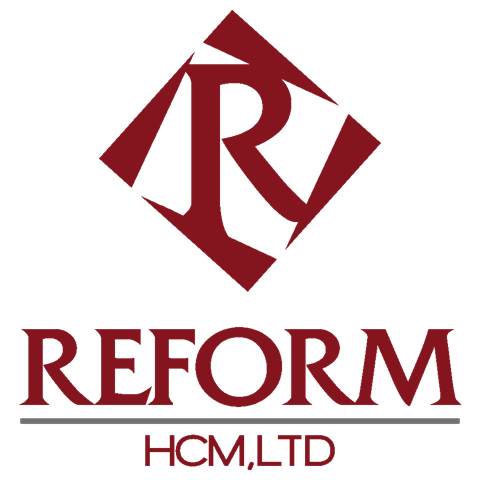The best way for employers to comply with the Affordable Care Act is to first understand what the ACA is. The Obama Administration was able to take the bill that passed Congress and give to the Secretary of Health & Human Services. At that time, they defined what would go into Health Care Reform and what comprised of ACA, but they also needed help to enforce this legislation that affected everyone living in America (minus Congress themselves). So they asked two of the largest government entities that had the most experience with enforcement... the Department of Labor and IRS.
ERISA Audit
The Employee Retirement Income Security Act of 1974, or ERISA, protects the assets of employees that are placed in their retirement plans. ERISA also protects the assets of a health plan that are contributed by employees as well as their employers to ensure that insurance plans are properly funded to pay future claims.
ACA compliance added additional requirements to existing ERISA compliance. So companies should start with working within ERISA guidelines. You can start with reading some of the FAQs posted HERE by Schneider Downs.
Once the basics are started, we can then start to look at adding some of the new requirements that ACA adds to the mix. Some the important ERISA & ACA requirements are as follows:
- distribute a written plan document & summary plan description (SPD) for every health and welfare plan to all plan participants and COBRA enrollees
- notify participants of any change to a plan that effects the plan design or pricing
- distribute proper notices to under ERISA to all eligible employees upon enrollment
- provide a summary of benefits (SBC) that also explains coverages with documentation of when its distributed
- file Form 5500 within 7 months after the plan year ends
- establish a record keeping system to track contributions, benefit payments, maintains participant and dependent information, and track reporting documents
- file Forms 1094/5-C and ensure compliance with health plan that 1095-B Forms are also distributed
Labor Department
The Department of Labor in my opinion is like the Police for the Affordable Care Act. The DOL already had 'boots on the streets' and were watching closely that employers complied with fair treatments of their workers. So it was the easiest option to hire them to help watch over compliance with ACA.
My experience shows that the DOL is still primarily focused on wage & hour infractions, but they can still react to filed complaints that related to the Employee Benefit Security Administration (EBSA). This will over see discrimination with EEOC as well as benefits compliance with pensions to COBRA.
It can be difficult for employers both small and large to comply 100% and we have seen DOL officers also provide understanding with companies that generally treat their employees well, try to comply with the laws, and keep well-documented efforts of compliance.
Try to keep your company looking like a soccer mom, that has her children securely fastened with seat belts, clean car, and respectful. Chances are that when she is pulled over for going 42 in a 35 MPH zone that she will be let go with a warning or at the very least given a citation for going 37 MPH. [sigh of relief]
IRS & The Affordable Health Care Act
Similar to the Department of Labor as the Police, the IRS in my mind are like the courts. Their ability of enforcement is far reaching even though they may not come knocking on your door directly. The IRS has the ability to see how many employees you have through existing files like W2 forms. They also see how much a company may claim to write-off as health care expenditures. This information can easily paint a picture of how large a company is and if they are complying with the employer mandate to offer creditable and affordable coverage to its employees.
It is important for a company to maintain records of how they calculated full-time eligibility or if an employee did not work enough hours and were considered part-time. In other works, did an employee average more than 30 hours per week or 120 hours a month during the selected time of a probationary period and/or measurement period?
Companies should also prepare to file form 1094-C & 1095-C to the IRS and to its employees. The 1094-C is the company transmittal to the IRS that shows how many employees were offered coverage and were enrolled. The 1095-C is the form that needs to go to each employee that was eligible for health insurance at least 1 day during the calendar year, regardless whether they elected coverage or waived. In summary, these forms are to let the IRS know if a company complied with the employer mandate. And if they didn't, they are basically self-reporting that they should be fined.
